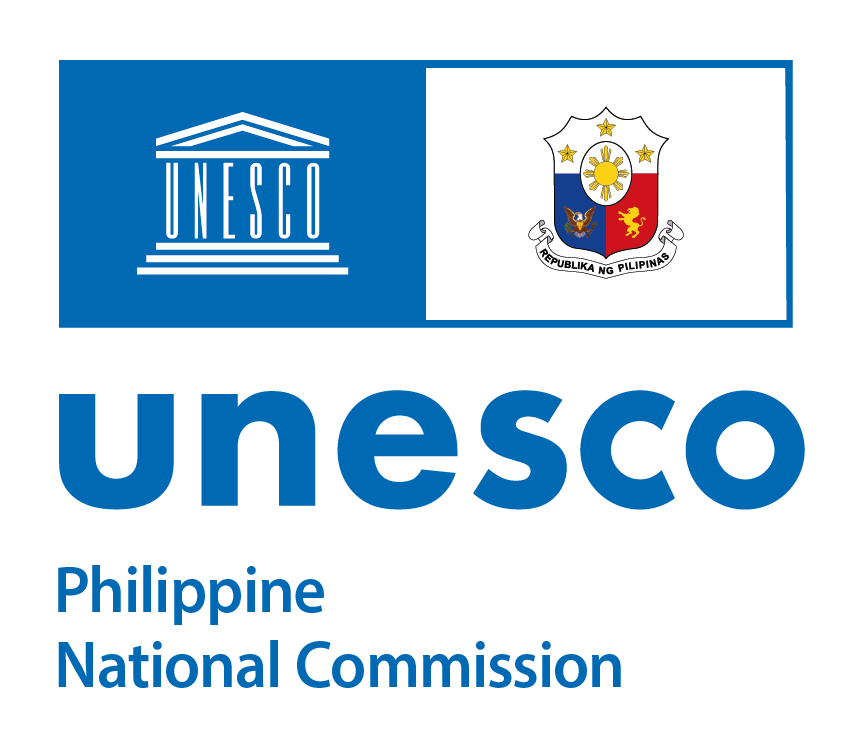UNACOMODELI
UNESCO - Philippine National Commission (UNACOM) Online and Digital Enabling Library and Index
The UNESCO - Philippine National Commission Online and Digital Enabling Library and Index (UNACOMODELI) aims to support UNESCO’s core mission of building peace in the minds of the people through education, science, culture, and communication.
The UNACOM Online and Digital Enabling Library and Index is developed to advance the mutual knowledge and understanding, and encourage cooperation among the nations in all branches of intellectual activity, such as the exchange of publications, objects of artistic and scientific interest, and other materials of information. UNACOMODELI will serve as UNESCO - Philippine National Commission’s institutional memory and a source of high-quality information on UNESCO - Philippine National Commission's intellectual activities (in education, natural sciences, social and human sciences, culture, and communication and information). The ultimate goal is to share knowledge and to transmit it to future generations.
Particularly, it aims to:
- Provide online access to UNESCO - Philippine National Commission publications, documents, and other materials.
- Index and promote UNESCO - Philippine National Commission-sponsored and -collaborative publications, and national committee members' and partner agencies’ publications, reports, policies, laws, legislations, articles, and other materials.
- Gather and index materials in the country that support UN Sustainable Development Goals, address the Ocean Decade challenges, and build capacity in the identification, inventorying, and safeguarding of intangible cultural heritage.
The UNACOMODELI collections include UNESCO and UNESCO - Philippine National Commission publications, speeches, press releases, capacity building materials, UNESCO - Philippine National Commission-sponsored publications, and other publications of interest to UNESCO.
Collections in UNACOMODELI
Select a community to browse its collections.
- Education Committee - Education transforms lives
- Science and Technology (Natural Sciences) Committee - Science for a sustainable future
- Social & Human Sciences - Building inclusive and sustainable economies and societies
